Tuensang Tourism
Search related to Nagaland Tourism

Tuensang is a district located in the northeastern state of Nagaland in India. It is the easternmost district of the state and shares borders with Myanmar. The district is home to the Chang Naga tribe and is known for its rich cultural heritage and scenic beauty.
History
Tuensang has a rich and vibrant history. The area was originally inhabited by various Naga tribes who lived in relative isolation until the arrival of the British in the 19th century. The British established a number of administrative outposts in the region, which led to increased contact with the outside world. In 1947, India gained independence from British rule, and Tuensang became a part of the newly formed country. However, the Naga tribes continued to resist Indian rule and launched a movement for independence that lasted for several decades. In 1963, Tuensang was made into a separate district within the state of Nagaland, which was granted statehood in 1963.
Geography
Tuensang is located in the easternmost part of Nagaland and covers an area of approximately 2,880 square kilometers. The district is surrounded by hills and mountains and is home to a number of rivers and streams. The major rivers in the district are Dikhu, Tizu, and Lanye. The district is also known for its rich biodiversity and is home to a number of rare and endangered species of flora and fauna.
Demographics
The population of Tuensang is predominantly made up of the Chang Naga tribe, who account for around 80% of the population. Other tribes that live in the district include the Yimchunger, Sangtam, Khiamniungan, and Phom. The total population of the district is around 1,66,089 people, according to the 2011 census.
Economy
Agriculture is the mainstay of the economy of Tuensang. The district is known for its production of paddy, maize, and millet. Livestock rearing is also an important economic activity in the district. The district is home to a number of small-scale industries, including weaving, basket-making, and pottery. Tourism is also a growing industry in the district, and the government is actively promoting it as a means of generating income and employment.
Culture
Tuensang is known for its rich cultural heritage. The Chang Naga tribe, who are the predominant tribe in the district, have a unique culture and tradition. The tribe is known for their colorful attire, which includes headgears made of bear hair, monkey skulls, and hornbill feathers. They are also known for their love of music and dance. The Chang Naga tribe celebrates a number of festivals throughout the year, including the Naknyu festival, which is celebrated in the month of January, and the Thangsing festival, which is celebrated in the month of August.
Tourism
Tuensang is a popular tourist destination in Nagaland, known for its scenic beauty and rich cultural heritage. The district is home to a number of tourist attractions, including the Changsangmonko village, which is known for its traditional houses and handicrafts, and the Chilise lake, which is a popular spot for fishing and picnicking. The district is also known for its trekking routes, which take visitors through some of the most scenic and unexplored parts of the region.
- State :
- Nagaland
How to Reach Tuensang
Complete List of Tehsils in Tuensang District, Nagaland
| S.No | Tehsil / Taluk Name | District Name | State Name |
|---|---|---|---|
| 1 | Longkhim | Tuensang | Nagaland |
| 2 | Lonkhim | Tuensang | Nagaland |
| 3 | Noklak | Tuensang | Nagaland |
| 4 | Tuensang | Tuensang | Nagaland |
Discover Exciting Places to Visit in Agra, Uttar Pradesh - Your Ultimate Travel Guide
Are you ready to explore the wonders of Agra, Uttar Pradesh? From the majestic Taj Mahal to hidden gems waiting to be discovered, our travel guide unveils the most captivating
Explore Exciting Places to Visit in Mumbai, Maharashtra - Your Ultimate Travel Guide
Ready for an adventure? Mumbai, in the beautiful state of Maharashtra, is packed with amazing places waiting to be explored! From iconic landmarks to hidden gems, Mumbai has something for
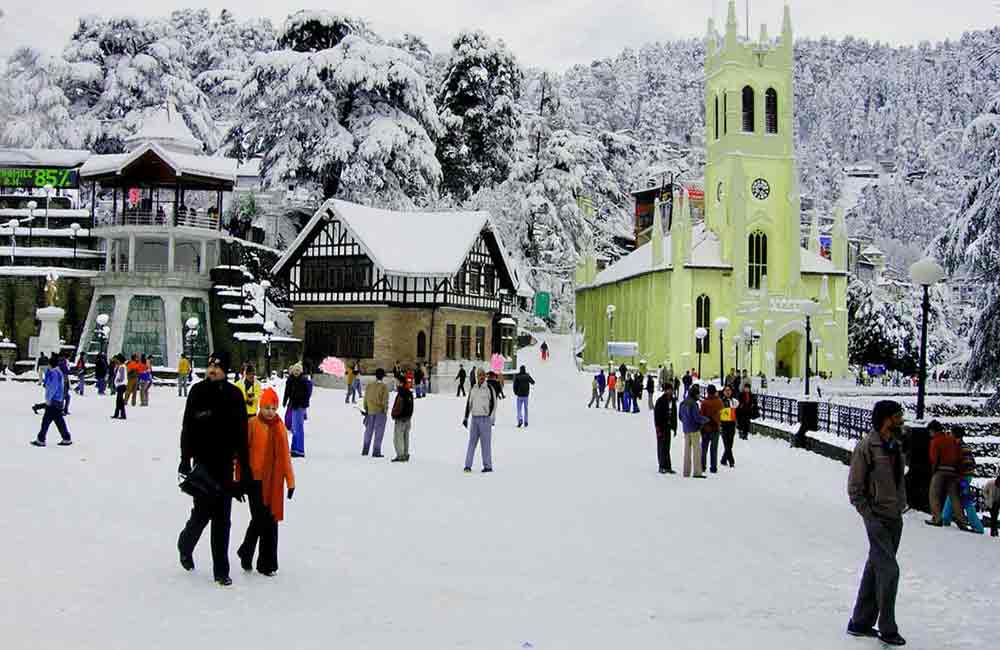
Explore the Wonderful Places to Visit in Manali, Himachal Pradesh - Your Ultimate Guide!
Ready for an exciting adventure? Discover the places to visit in Manali, Himachal Pradesh! From snowy mountains to lush valleys, there's something for everyone. Plan your trip now and explore
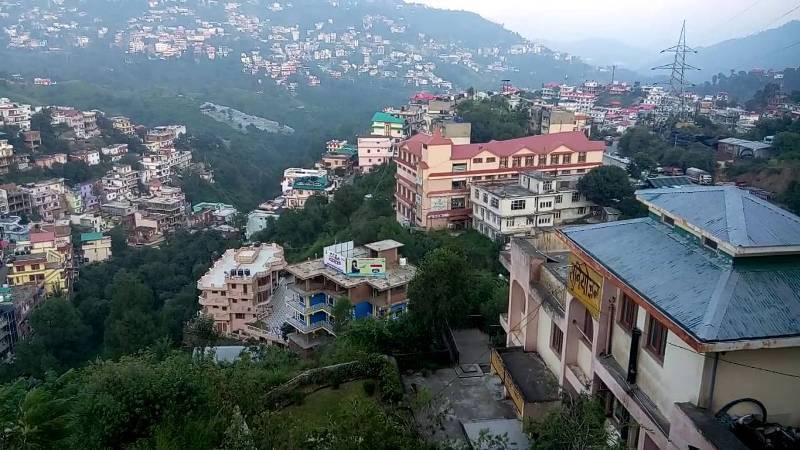
Places to Visit in Solan Himachal Pradesh - Explore the Best Tourist Spots
Discover the enchanting beauty of Solan Himachal Pradesh by exploring its myriad tourist spots. Whether you're seeking adventure or tranquility, Solan has something for everyone. From lush green valleys to
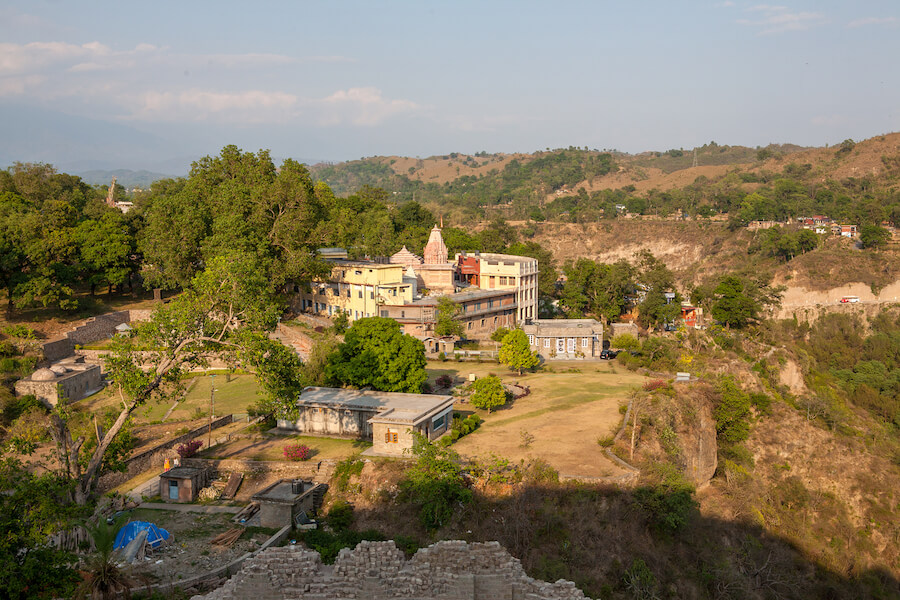
Discover the Best Places to Visit in Kangra, Himachal Pradesh: A Traveler's Guide
Ready for an exciting journey? Kangra, Himachal Pradesh welcomes you with open arms! Explore ancient temples, lush landscapes, and more in this enchanting valley. Let's uncover the best places to
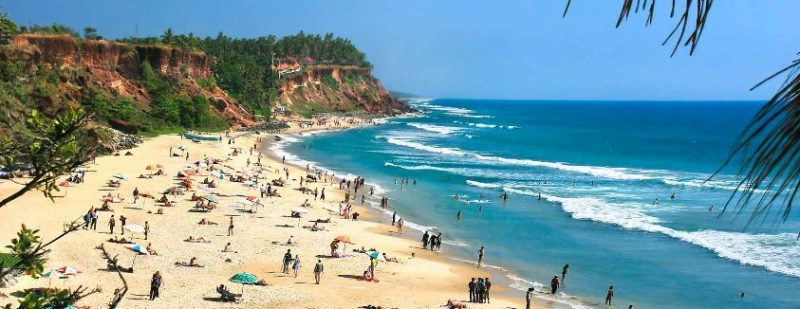
Explore Incredible Places to Visit in Varkala, Kerala: A Guide
Are you ready for an adventure? Varkala in Kerala is waiting for you! Discover the magic of this beautiful place with our guide to the best places to visit. From
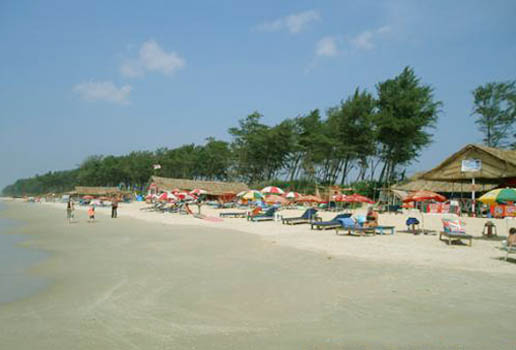
Explore Panaji, Goa: Discover the Best Places to Visit in the City
Ready for an adventure? Panaji, located in Goa, is packed with exciting places to visit. From ancient forts to picturesque beaches, there's never a dull moment in this lively city.
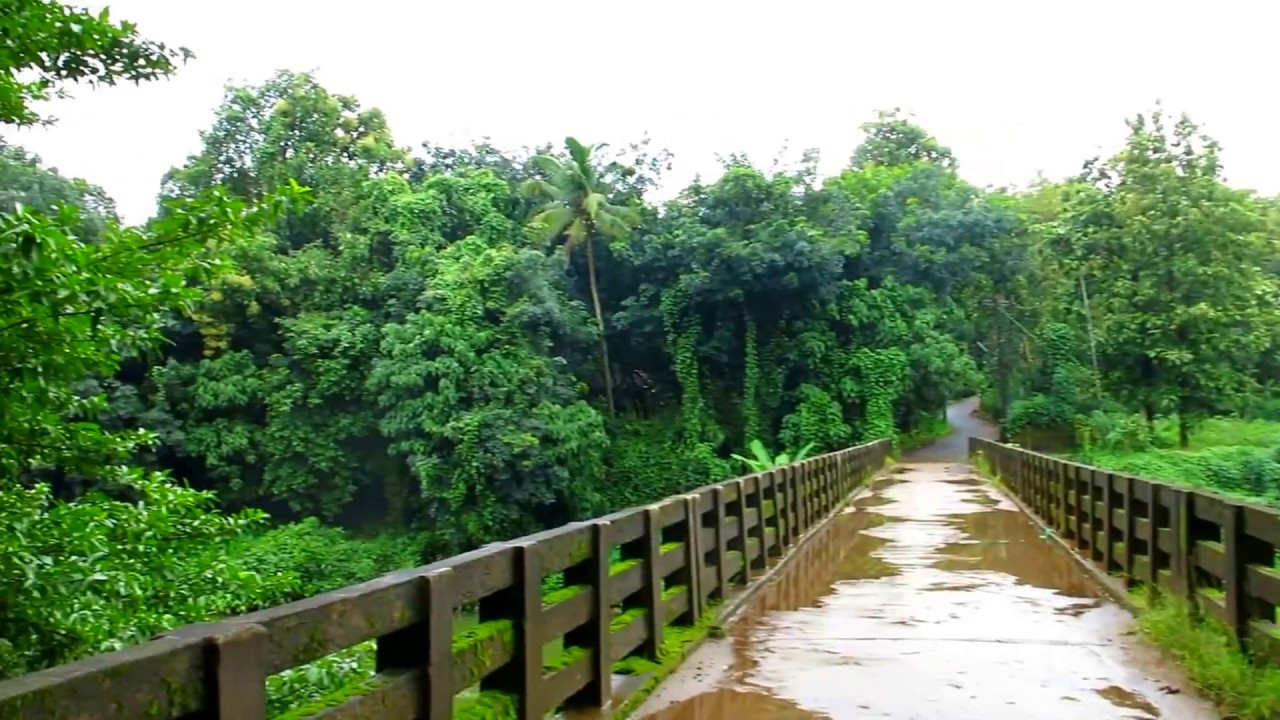
Explore the Best Places to Visit in Thrissur, Kerala – A Perfect Guide for Your Next Adventure!
Are you ready to explore Thrissur, Kerala? Get ready for an exciting journey through this vibrant city! Discover its rich history, stunning landmarks, and fascinating culture. With our guide to
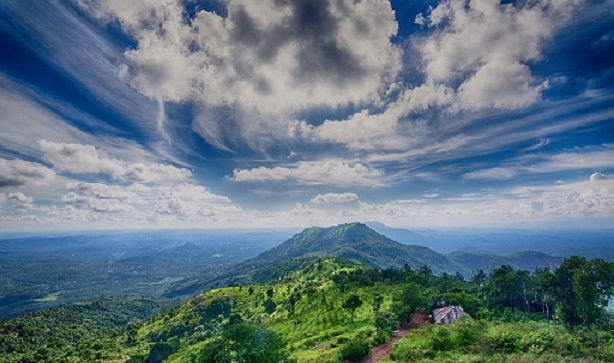
Explore the Best Places to Visit in Malappuram, Kerala - A Traveler's Guide
Dive into the beauty of Malappuram, Kerala with our ultimate travel guide! From picturesque beaches to fascinating historical sites, explore the best places to visit in Malappuram Kerala. Whether you're
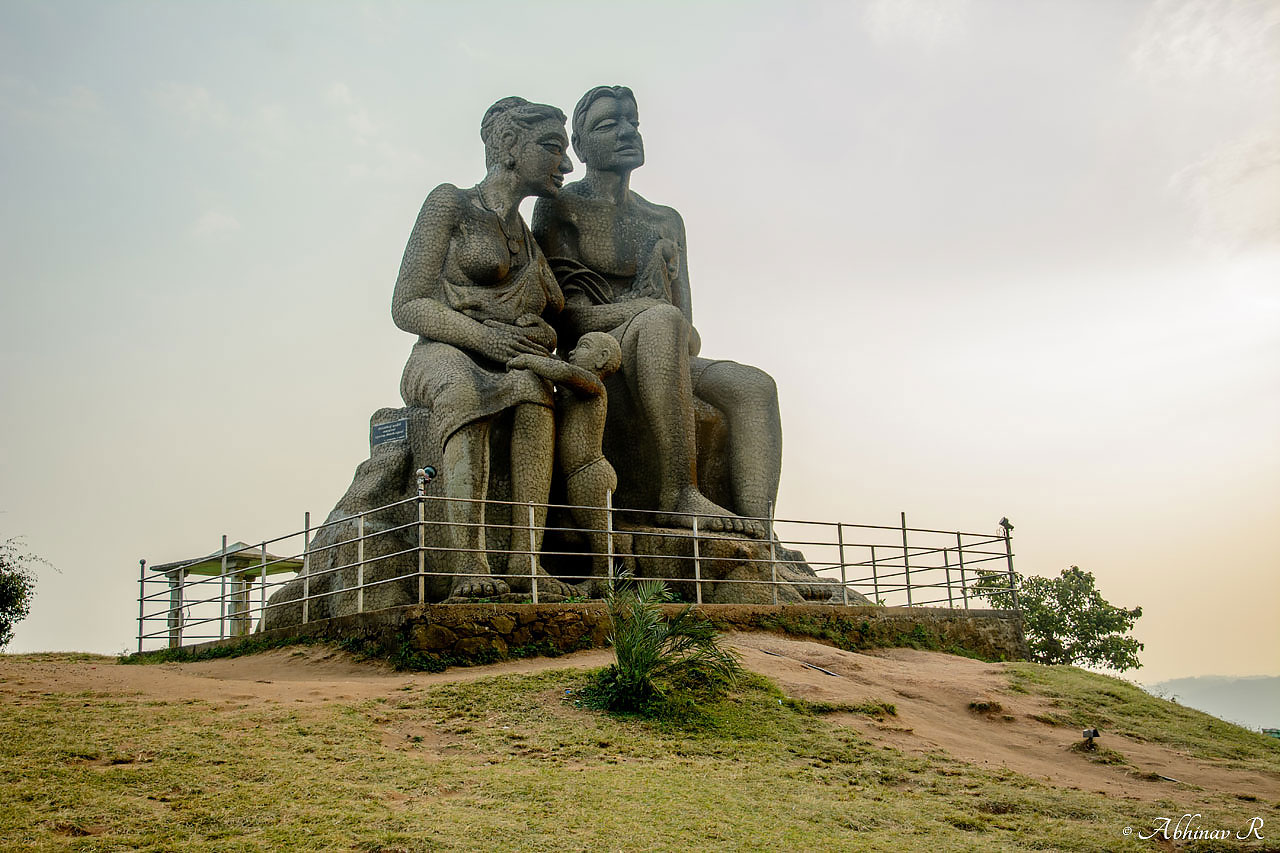
Explore the Best Places to Visit in Idukki, Kerala - A Traveler's Guide
Discover the mesmerizing beauty of Idukki, Kerala with our guide to the best places to visit. From breathtaking landscapes to serene lakes, explore the charm of this enchanting destination. Whether
Top Stories
-

Here is Best Places to visit in Dimapur in 2024 you must add in your Travel List
-

Here is Best Places to visit in Kohima in 2024 you must add in your Travel List
-

Here is Best Places to visit in Kiphire in 2024 you must add in your Travel List
-

Here is Best Places to visit in Longleng in 2024 you must add in your Travel List
-

Best Places in Nagaland



